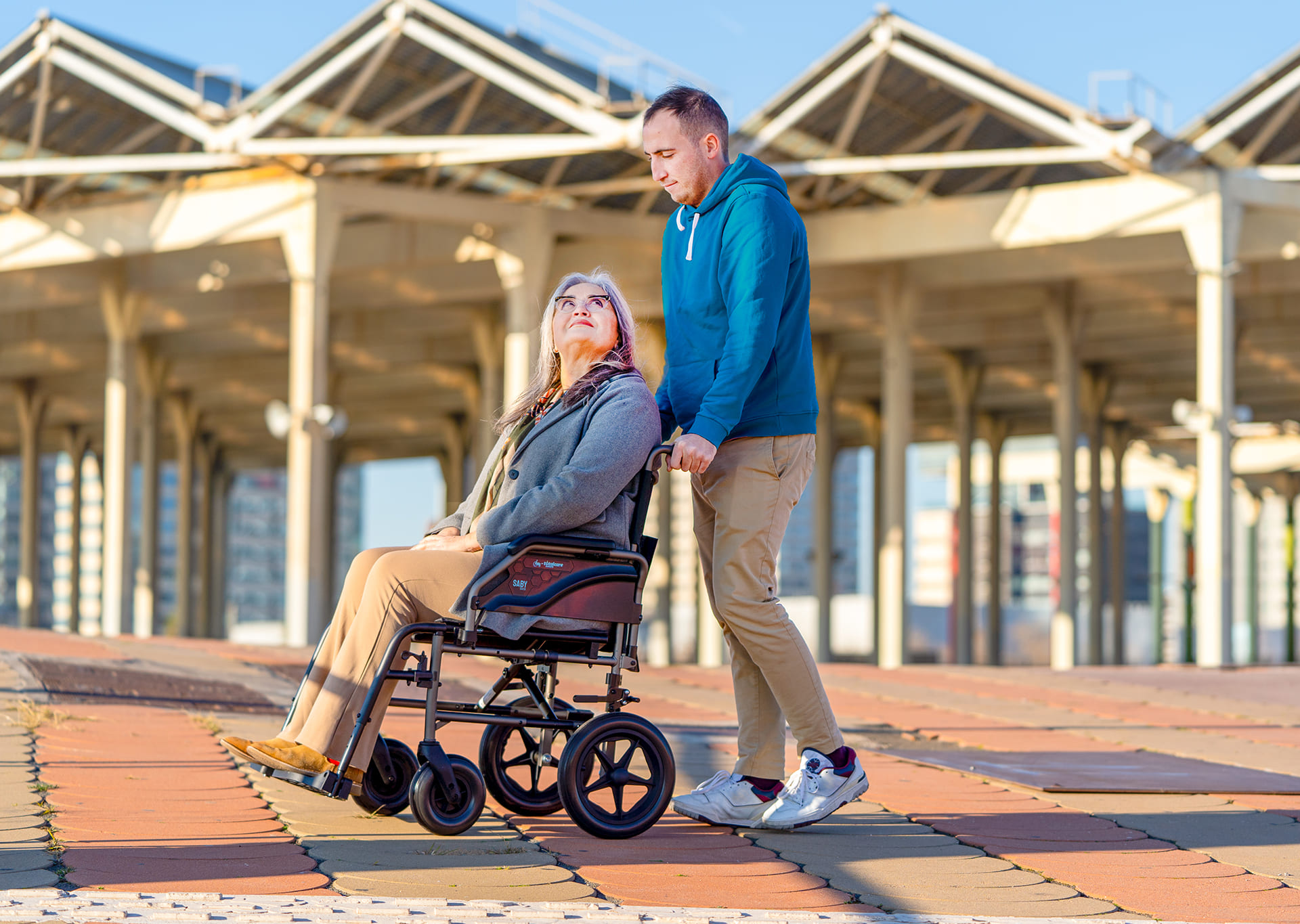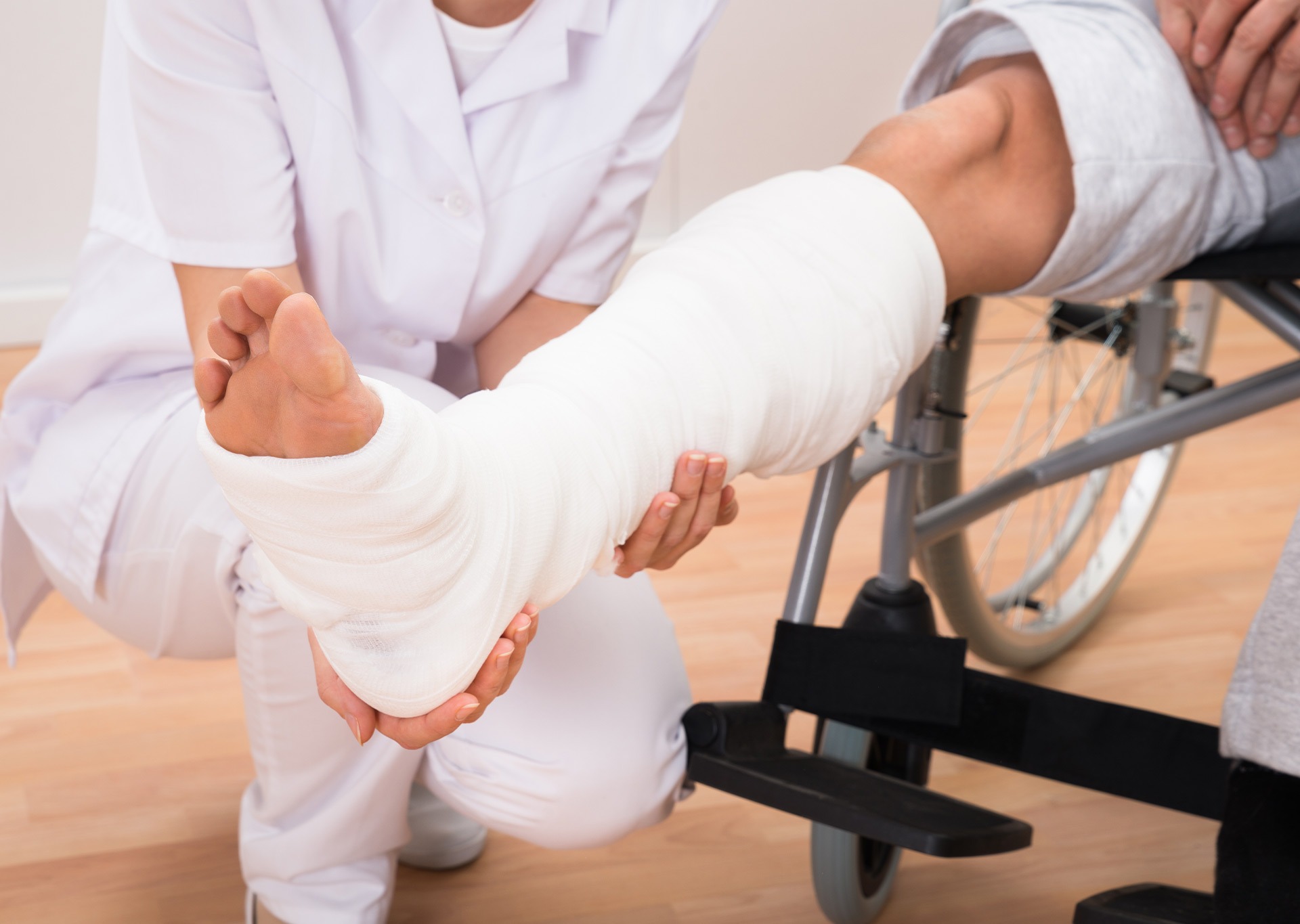
Benefits of correct body posture
Maintaining a correct posture is essential for all people, but for those with reduced mobility, its benefits are even more important. A proper posture improves comfort and prevents a series of physical problems associated with incorrect positions or those maintained for long periods of time. For people who depend on mobility aids, such as wheelchairs or rollators, adopting a correct posture can make the difference between enjoying an active life and facing complications such as chronic pain, breathing difficulties or circulatory problems.
Benefits of a correct posture
One of the main benefits of a proper posture is the reduction of muscle pain and accumulated tension. People with reduced mobility often spend long hours in the same position, which can cause discomfort in the back, neck, hips and limbs. For example, sitting with a straight back and feet properly supported in a wheelchair can prevent back pain, muscle stiffness and posture problems associated with slouching positions.
Proper posture also has a positive impact on blood circulation and breathing. Sitting correctly allows internal organs to have the necessary space to function optimally, facilitating both oxygenation of the body and efficient blood distribution. This is especially relevant for those with limited mobility, as prolonged inactivity can increase the risk of circulatory problems, such as the formation of clots or edema.
On the other hand, maintaining good posture can benefit the digestive system. Sitting with proper alignment facilitates intestinal transit, improving digestion and nutrient absorption. This benefit is crucial for those who spend much of their time sitting, as improper posture can compress the digestive organs and slow down their functions.
Importance of mobility aids
For people with reduced mobility, the use of specialized aids, such as electric wheelchairs, manual wheelchairs and rollators, is essential to maintain proper posture and improve quality of life.
Wheelchairs, both electric and manual, are designed with advanced ergonomic features that include orthopedic cushions, adjustable backrests and lumbar supports, which contribute to an even distribution of weight and provide stability during prolonged use. These features not only increase comfort, but also reduce the risk of complications such as pressure ulcers, muscle stiffness and postural fatigue.
On the other hand, rollators play a crucial role by offering additional support for balance and mobility, helping people stay active while minimizing pressure on joints. These aids not only facilitate movement, but also promote a more upright posture, promoting circulation and optimizing vital functions such as breathing. By integrating these tools into daily life, people with reduced mobility can enjoy greater independence, well-being and postural health.
Tips for maintaining correct posture
Adopting and maintaining correct posture requires both the use of appropriate tools and the implementation of certain habits. Here are some practical tips:
- Adjust the height of supports: Make sure the wheelchair or seat is at the correct height so that the feet can rest completely on the floor or on the footrests.
- Check alignment: The back should be kept straight and the shoulders relaxed. It is important to avoid slouching forward.
- Take movement breaks: Whenever possible, perform small movements or stretches to prevent muscle stiffness and improve circulation.
- Use additional devices: Cushions, lumbar supports, and positioning belts can be helpful in maintaining a healthy posture for long periods.
- Long-term benefits: Maintaining correct posture over time not only improves quality of life in the present, but also prevents long-term health complications. Benefits include:
- Reduced chronic pain: Less strain on the spine and muscles helps prevent persistent pain.
- Improved lung and digestive function: Proper posture ensures that internal organs function efficiently.
- Increased energy: By reducing the unnecessary strain that comes with poor posture, people feel more vital to carry out their daily activities.
Conclusion
Maintaining a correct posture is crucial for the physical and emotional well-being of people with reduced mobility. Good posture not only reduces muscle and joint pain, but also promotes blood circulation, preventing problems such as swelling, pressure ulcers or blood clots, which are common in those who remain in the same position for long periods.
In addition, it positively impacts vital functions such as breathing and digestion, since an aligned posture allows optimal functioning of the internal organs, facilitating better oxygenation and a more efficient digestive process.
The use of specialized products, such as electric wheelchairs or walkers, is key to providing stability and comfort. These aids are undoubtedly a key investment in mobility and postural care. When combined with healthy habits, such as stretching and strengthening exercises, these tools allow people to enjoy a more active and full life, ensuring that physical limitations do not restrict their independence or quality of life.








